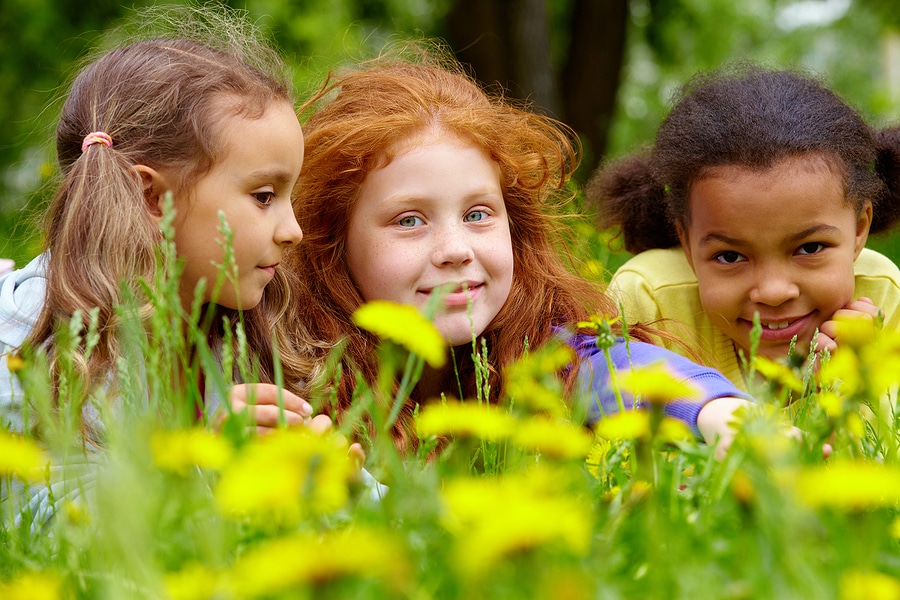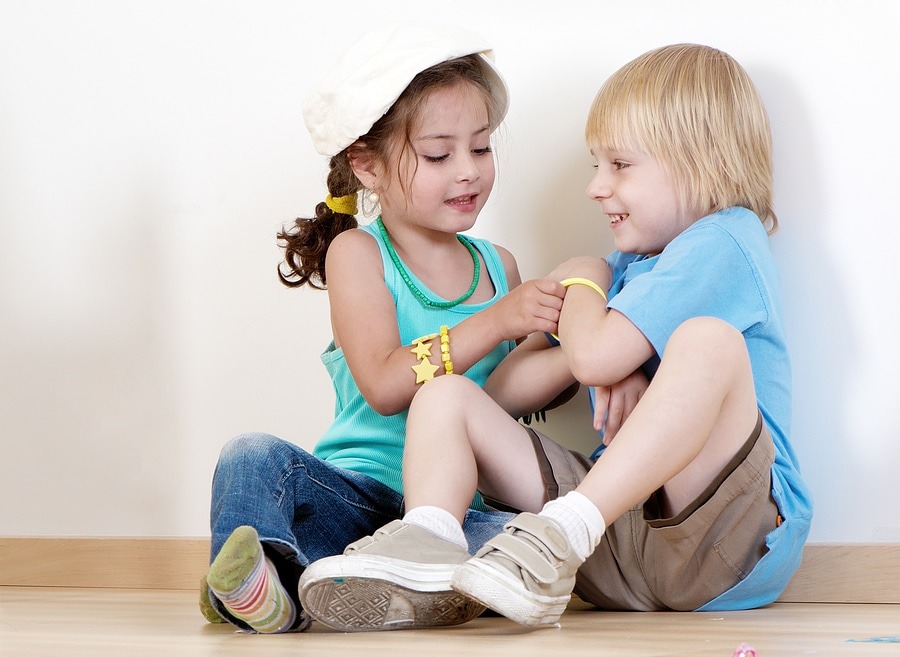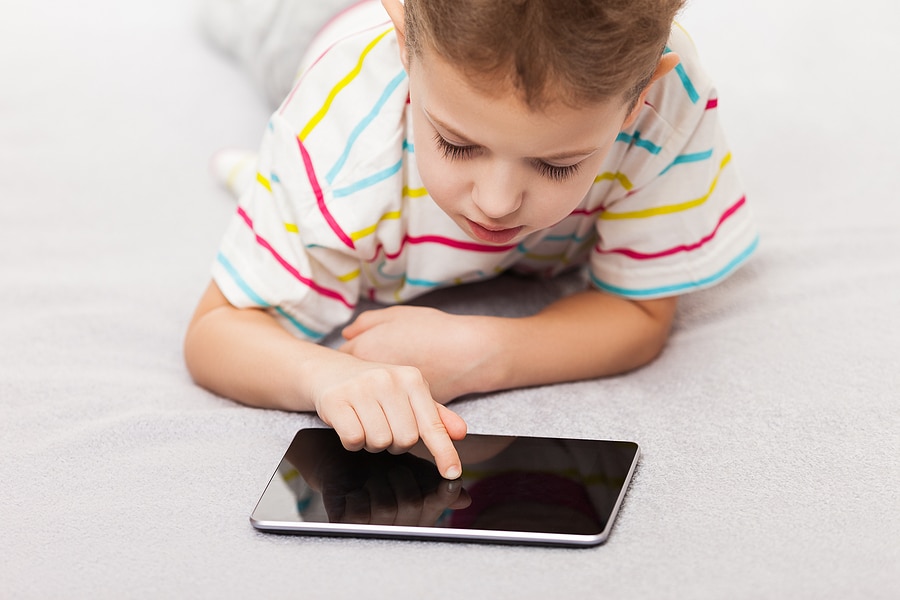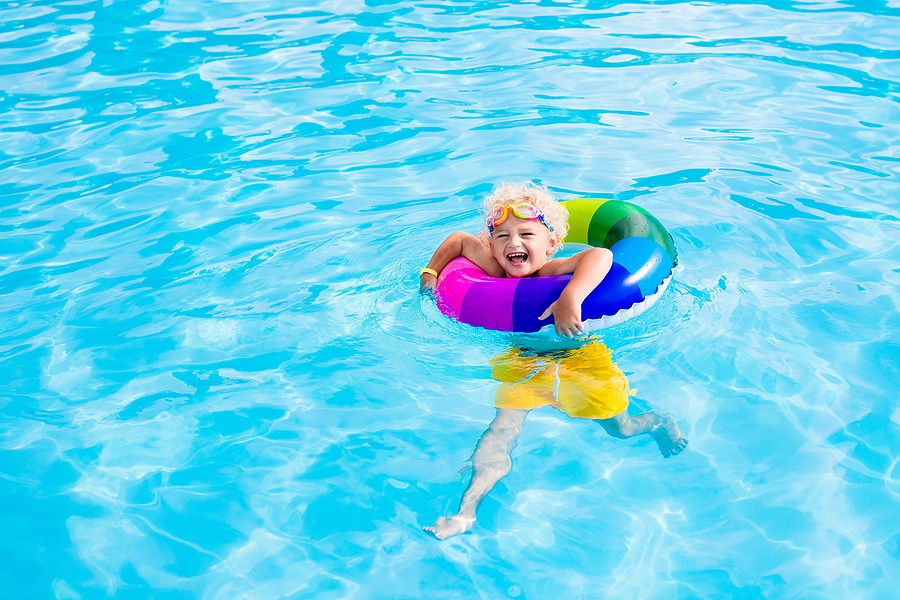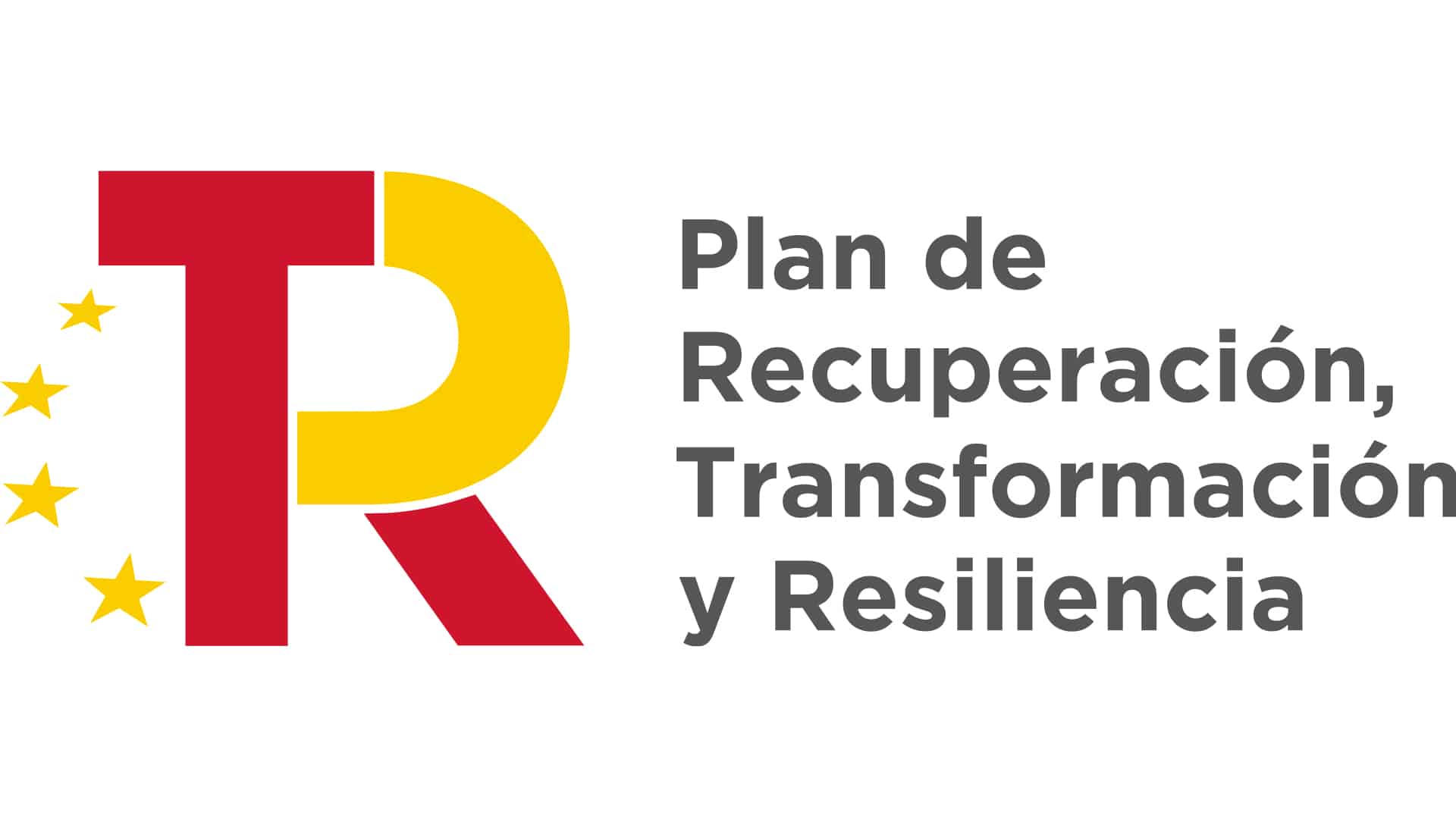Nowadays it’s common to hear people talk about social-emotional learning, but do we know why it’s so important?
Emotional intelligence is the ability to understand and recognize our own and other people’s feelings, in addition to knowing how to use and control our emotions. To guarantee students’ academic and personal success, it is essential to work on these emotional abilities. Developing emotional intelligence from preschool is crucial, since it is at this stage that children acquire the foundations of learning and emotional well-being. In this article, we will explain the importance of teaching emotional intelligence in preschool classrooms, as well as practical strategies to incorporate this approach into the daily lives of children.
Social-emotional learning is key to help kids recognize and understand common feelings as sadness, anger, fear or frustration. Recognizing these emotions helps kids to manage them more easily, thus reducing the number of tantrums tor outbursts, for example.
An understanding of emotions also generates a greater degree of empathy for others, which helps promote assertive communication between peers. When children can identify emotions such as happiness, anger or sadness via the body language of their peers, it is easier for them to understand each other and can thus generate closer bonds of friendship. These skills are not only important for childhood; cultivating them will undoubtedly contribute to improving quality of life and mental health into their teenage years.
Working on emotional intelligence is a daily task, both at home and in the classroom, and there are many ways to do this. One of the most direct ways is to work on self-awareness. Teaching how to differentiate emotions makes it possible for children to understand their feelings and name them. Naming feelings and understanding their emotional and physical effects is the first step in acquiring self-awareness and mastery of our emotions.
In Smile and Learn you will find a series of social-emotional learning videos developed by experts that explain everything from basic emotions, such as sadness and happiness, to more complex emotions, such as embarrassment or boredom.
Basic Emotions:

Complex emotions:

However, to develop good emotional intelligence skills, you must not only learn to recognize different emotions. The next step is to learn to express them, how to act when we experience a strong emotion and to normalize our reactions to them. To do this, we can create spaces for conversation in class where students can practice active listening. Active listening is a communication strategy that consists of listening to the speaker in a conscious and empathetic way. Creating these spaces is a good way for students to work on expressing their emotions and listening to their classmates.
How else does emotional intelligence work in the classroom? Let’s talk about it on social media!
If you have not yet tried our educational platform you can do so by clicking on the following link.


